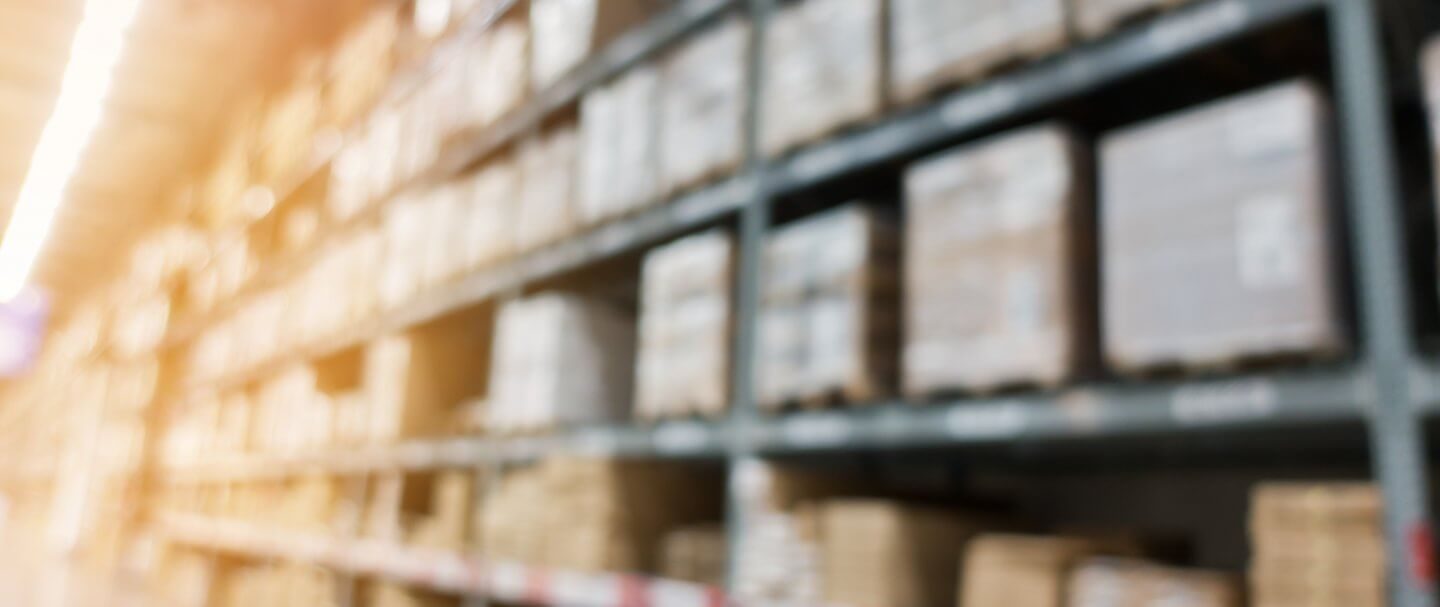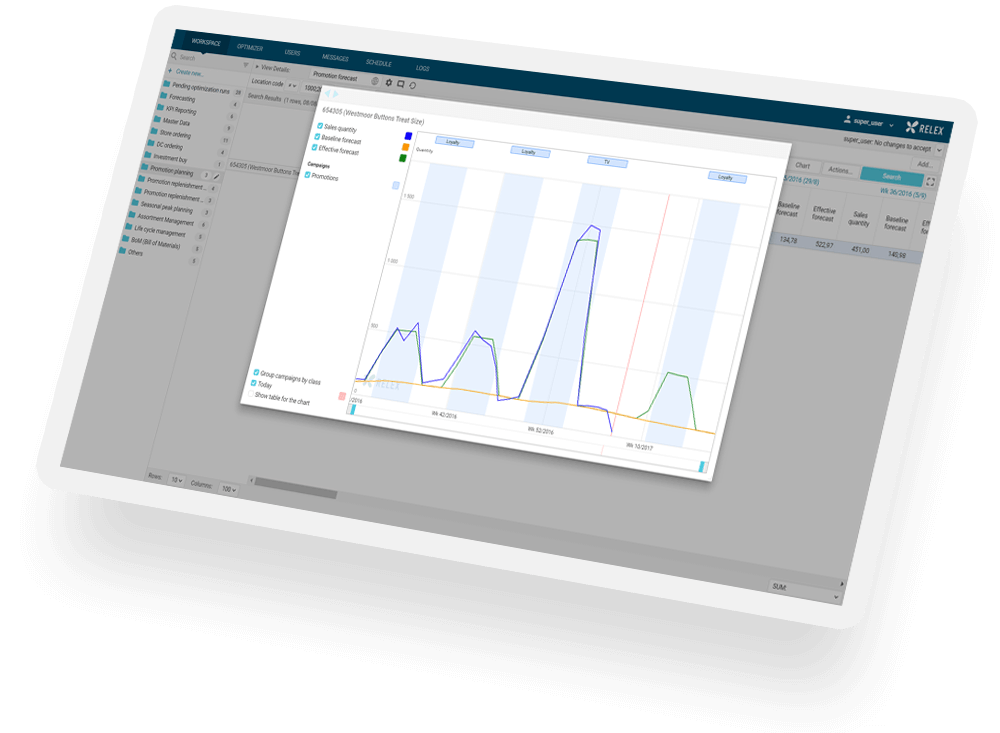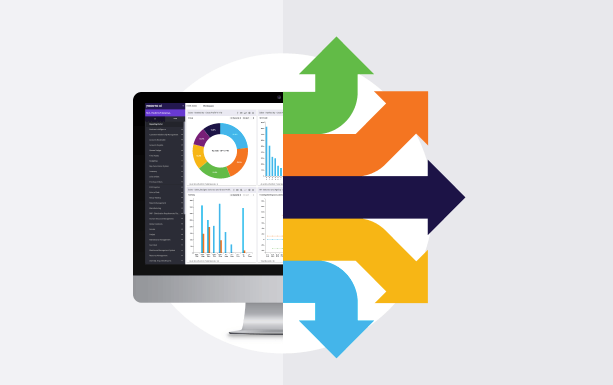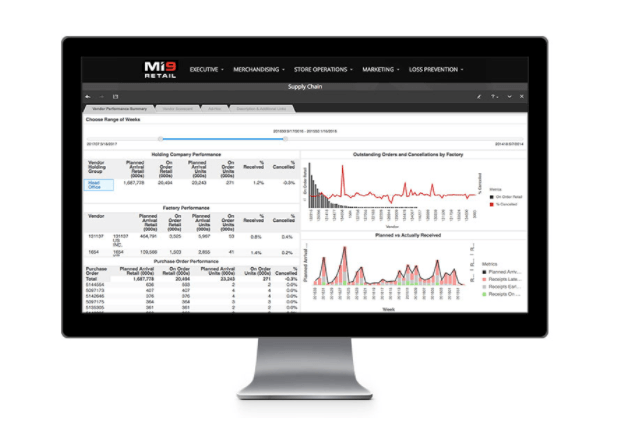
Redefining retail: innovative solutions driving the industry forward
In recent years there have been a few headline-grabbing news items which have purported, at the time, to set the way for a complete revolution in retail. Skipping over the obvious emergence of e-commerce as a way that retail has changed, there have been a few products which may well, in time, end up being game changers.
One immediately thinks of Apple’s beacons, a type of RFID technology. Typically, this operates in stores and can point customers to particular products while personalizing messages according to their physical position, previous shopping history, perceived demographic, and so forth. There have also been various reports of electronic price tags, whereby displays at the shelf front can change dynamically, pricing items in order to maximise sales.
However, until this type of technology becomes a great deal more mature, it is unlikely to reach the mainstream; in current form, it may have a great deal of effect.
The quiet revolution that is going on in retail however is the way in which technology is changing the existing systems of commerce in a retail environment. Stock control, logistics, inventory fulfillment, retailer and wholesaler communications, click and collect, customer loyalty schemes, business intelligence; all these are areas which can have a dramatic effect on a retailer or wholesaler. The quiet revolutions, however, do not necessarily have the headline-grabbing characteristics of, say, delivery by drone!
The challenges faced by traditional bricks and mortar stores are increasing, and although many claim to have foreseen the end of the traditional storefront. But footfall levels into retail premises remain high enough for most brands and organizations to wish to keep a physical presence out there in front of their customers. Many businesses are making a real success out of running an e-commerce service, but in tandem with their traditional storefronts.
In some markets, such as luxury items, online shopping remains at low levels due to the nature of the goods or services sold. For sure, certain retail concerns certainly are dying on the vine – one thinks of the traditional bookstore battling against the might of Rakuten or Amazon immediately.

By employing technology carefully, a retailer can produce the margins necessary to continue in business, and indeed thrive. Traditional brick and mortar stores can offer real value-adds for consumers. The act of shopping amid the physical proximity of the products, the activity that is “retail therapy”, is still very much an important part of modern life. But so too is the convenience of shopping from home, ordering online and being given a range of delivery or collection options: next-day, collect in store, pick up from lockers, three day delivery, and so forth.
By driving down costs and overheads, by ensuring the conduits between retail and wholesale remain open, and by ensuring that stock is carefully managed and replenished, the modern physical and/or online retailer (and its supply chain) can continue to thrive. It is the development of these changes in retail business processes with which technology, and particularly software, can have a significant effect.
Retail hardware does remain important of course. Point-of-sale technology continues to move forward, as do payment methods, depending on geography. For instance, in the Americas, electronic payments remain fairly rare, while in Asia electronic payments tend to dominate the physical retail space.
What is becoming apparent is that in order to operate globally, there needs to be a great deal of flexibility on the part of the retailer which deploys technology. Where software, by its nature, can be quickly altered according to up-to-the-minute trends, hardware changes take time to filter through. Software, therefore, may be the key to success.
There is a wealth of software solutions out there for the retailer or wholesaler to use in order to extract the best possible business value from their organization. Some products are very much one-size-fits-all: systems are installed, and users necessarily have to adapt. Others take a more bespoke approach, recognizing that each retailer is as unique as its wholesalers, logistics, and other supply chain operators which feed it.
Whether or not your wholesale or retail business has technology in place, here are five suppliers of retail software solutions which have the power to help change the technically astute retail organization. To read more on each individual company’s website, click the company name.
This Australian company’s products cover all of APAC; it has offices in its home country and also in Japan. V Net is particularly skilled in deployments in areas of retail inventory management which often can defy simple categorization or bracketing.
Its “software as a solution” (SAAS) has a bespoke nature, which allows it to be effective even in the most non-standard of settings, and the solutions can either work alone, managing inventory for all items, or will happily work alongside (and interface well) with any existing, embedded systems, allowing you to make gains in difficult categories without large organizational change.

The software solution from V Net is entirely cloud-based and consists of three products, of which any or a combination may be deployed: V Inventory, V Insights, and V Collaboration.
- V Inventory covers stock and replenishment requirements, allowing forecasting and benchmarking, and creates plans for intelligent ordering and SKU management.
- V Insights (available in two versions of differing scale) is, for want of a better phrase, a business intelligence module specifically designed for supplier, wholesale and retail operations. It can identify gaps and opportunities and create reports, all via a custom dashboard. This allows the “data rich, insight poor” organization to create actionable insights from data drawn from multiple data sources.
- V Collaboration enables the conduit between retailer and wholesaler to be open and interactive and offers joint insights for the different parties.
When used together, to its full power, a V Net solution provides a CPFR-compatible solution (collaborative planning, forecast & replenishment).
Read more here.
This Australian organization helps retailers who wish to unify their online retail operations with their bricks-and-mortar stores. By combining the inherent capabilities of the two channels, real brand and customer loyalty can be created, which drives up sales, repeat business levels and creates operational efficiencies in the business.
Consumers want choices, and consumers who are offered something as simple as collect-from-store are nearly 50 percent more likely to spend, and indeed, spend 25 percent more!
The technical details of complex distributed-order management challenge many retailers and this is where Fluent Commerce comes into play. Its cloud-based solution needs no on-premise hardware to run and can be deployed and scaled in software in seconds – all at the click of a button.

By providing customers more options on how they buy, receive (and possibly return) their orders, , Fluent Commerce’s solutions empower retailers to a supply a fast, convenient shopping experience.
Fluent Commerce helps businesses orchestrate inventory, locations, shipping and orders in a matter of weeks. A modular approach makes it easy to configure business rules and get up and running quickly.
Fluent Commerce’s offering is customer-centric: today’s consumers expect more, and without the right software solutions in place, even the largest retail magnate will struggle with those higher expectations.
Out-convenience your competition, now. Read more here.
This company positions itself as a supplier of software solutions which create a “unified retail process management system”. While its products are very much used to drive efficiencies in supply chain management, staffing, or stock trials, its specialist market is in the retail of limited shelflife merchandise, such as food and beverage.
Relex’s software can produce improvements in lowered costs and efficiencies across the entire retail spectrum, from warehousing, staff management, ordering, logistics, procurement and, of course, shelflife optimisation of those perishable goods.

The company also offers the facility with which physical stores can plan and experiment with layouts for shop floors, and offers planogram integration to help create displays which will hopefully increase footfall.
Relex’s consultative processes address the full gamut of a retail or wholesaler’s activities, and its software can be deployed right across the board in order to drive efficiencies at each and every point. Configuration is highly granular, allowing a wide range of staff input and editing of data.
With significant food waste now becoming a pressing problem and a matter of public concern, suppliers like Relex are in a powerful position to optimise on the savings and efficiencies which software can bring about.
Founded in 1976, Pronto (then known as Prometheus Software Development) is one of Australia’s oldest software companies and is certainly Australia’s most venerable ERP software vendor.
Pronto’s solutions work across a wide range of service industries, including mining, utilities, manufacturing, as well as retail. In almost all cases, the software employed is one or more modules of Pronto Xi, which cover areas as disparate as CRM, warehouse management and control, manufacturing management, as well as retail and its financial underpinnings.
 Pronto Xi is deployed in-house, running on *nix or Microsoft Windows 2008, with Oracle, Win SQL Server or Informix Dynamic Server as the database.
Pronto Xi is deployed in-house, running on *nix or Microsoft Windows 2008, with Oracle, Win SQL Server or Informix Dynamic Server as the database.
Pronto software can unify the disparate data coming in from either online retail concerns or bricks and mortar stores, supplying business intelligence which can identify gems to the business such as specific customer need trends and those processes which lead to valuable repeat business.
Pronto Xi retail works at the traditional point of sale & at e-commerce level, manages finances, acts as a CRM and can drive efficiencies right across the organization.
The company’s long experience and wide customer base ensure a certain gravitas and depth of business intelligence which its customers value highly. In addition to technological insights, the company also offers a consultative service.
Mi9 retail is headquartered in the US, but its software is used right across the globe, including Asia.
Its offerings include full order management capabilities, integration with e-commerce, point-of-sale, and merchandise management, as well as a full raft of business intelligence algorithms which purport to give its users “a-ha” moments!

Increasingly the retail industry is becoming more interested in the buyer journey at a granular level and a Mi9 solution can identify and segment customers by psychographic and social data, as well as more traditional buying patterns, demographics, and geographic influences.
The company’s software manages intelligent replenishment and allocation, creating a single point of truth (in terms of data) from which the entire organization can make more intelligent decisions.
Designed especially for the retailer (as opposed to the wholesaler) Mi9 offer payment processing services in-store, as well as a wealth of software features covering a range of different retail types: sporting goods to footwear and jewelry.
READ MORE
- Strategies for Democratizing GenAI
- The criticality of endpoint management in cybersecurity and operations
- Ethical AI: The renewed importance of safeguarding data and customer privacy in Generative AI applications
- How Japan balances AI-driven opportunities with cybersecurity needs
- Deploying SASE: Benchmarking your approach
